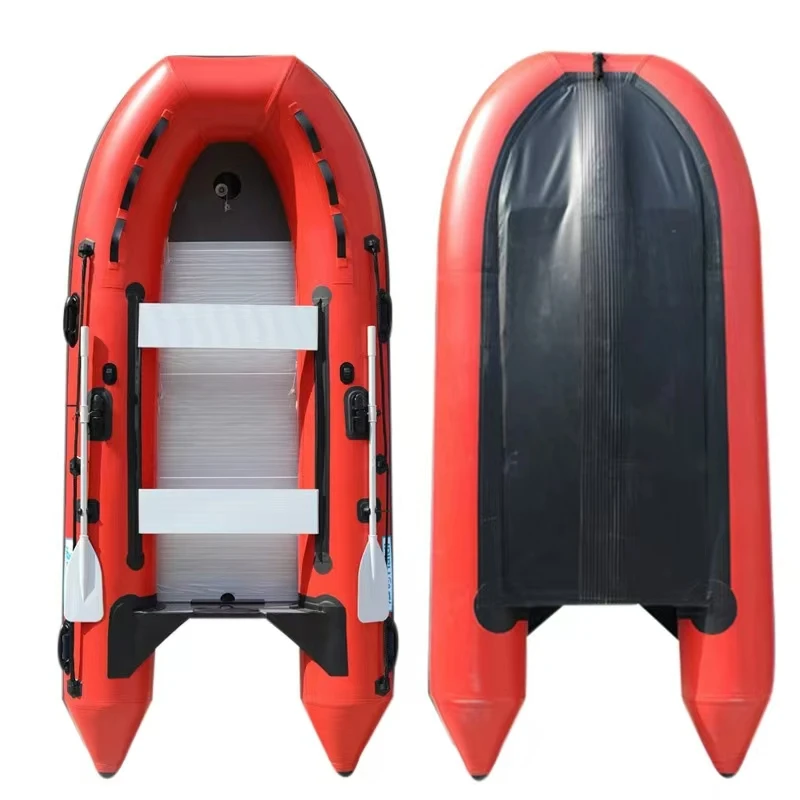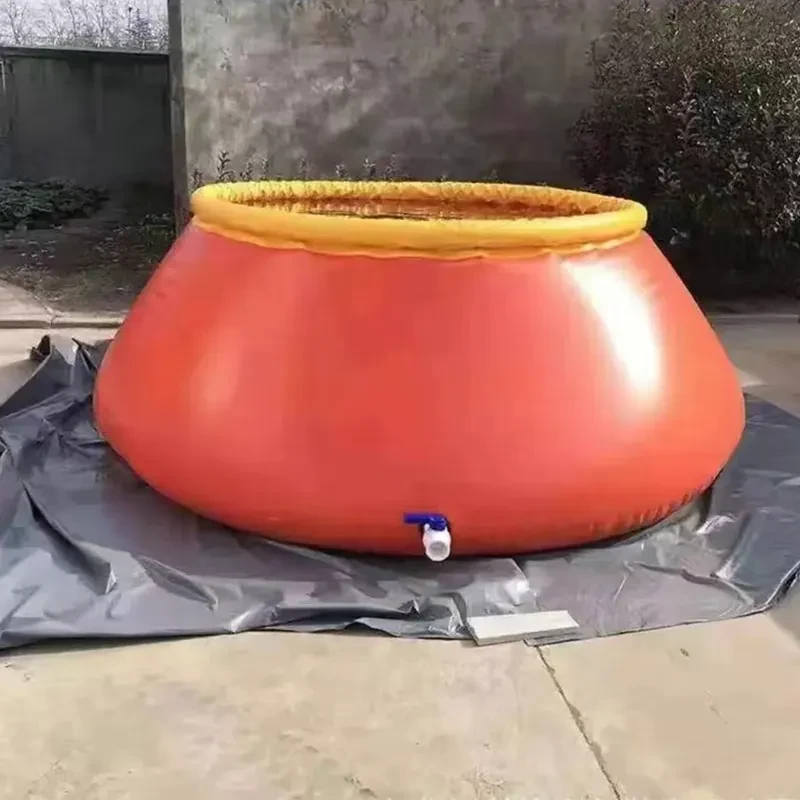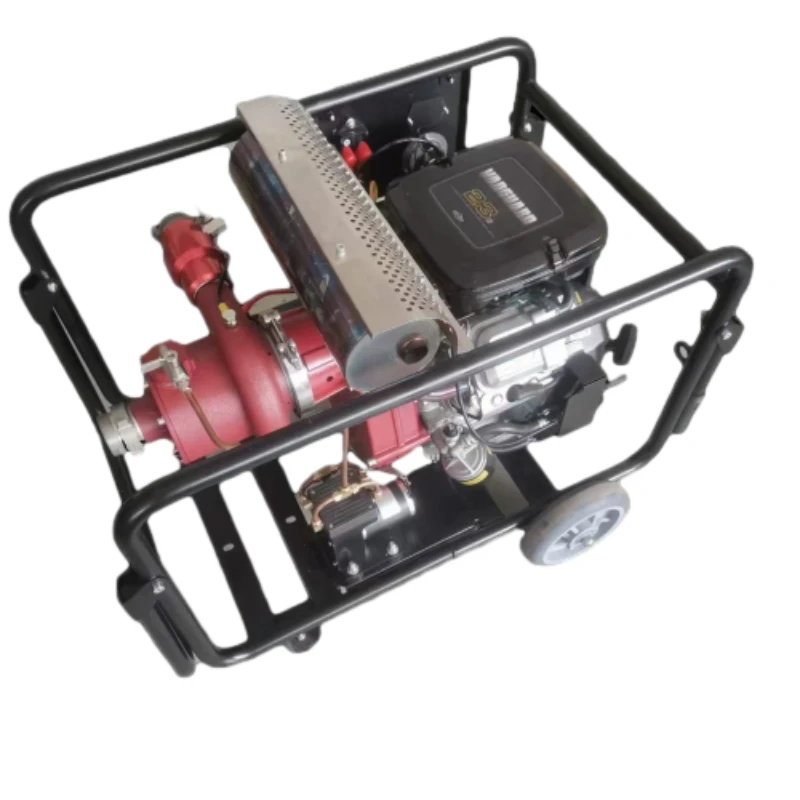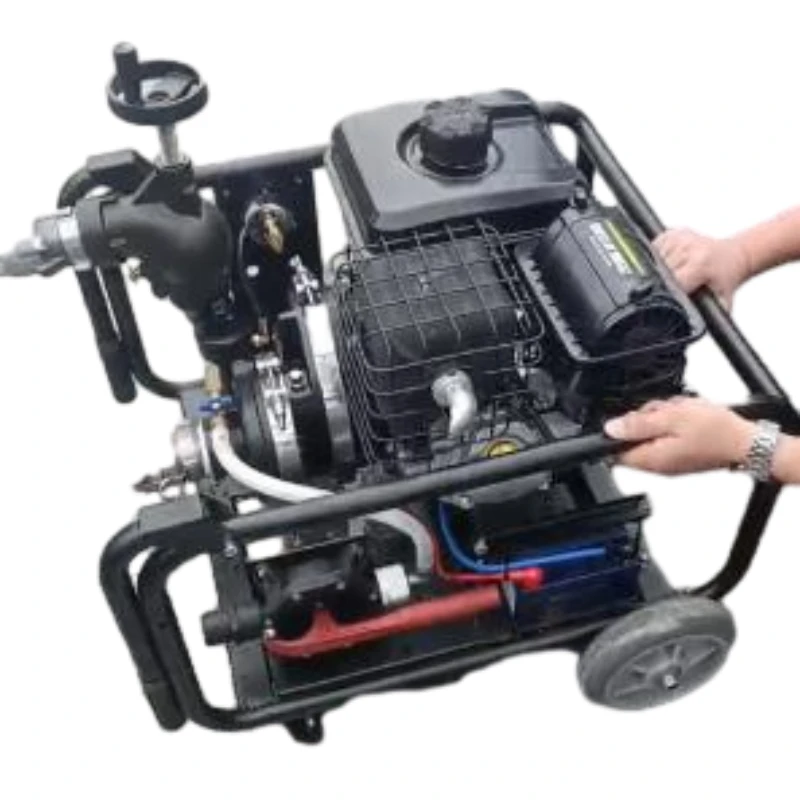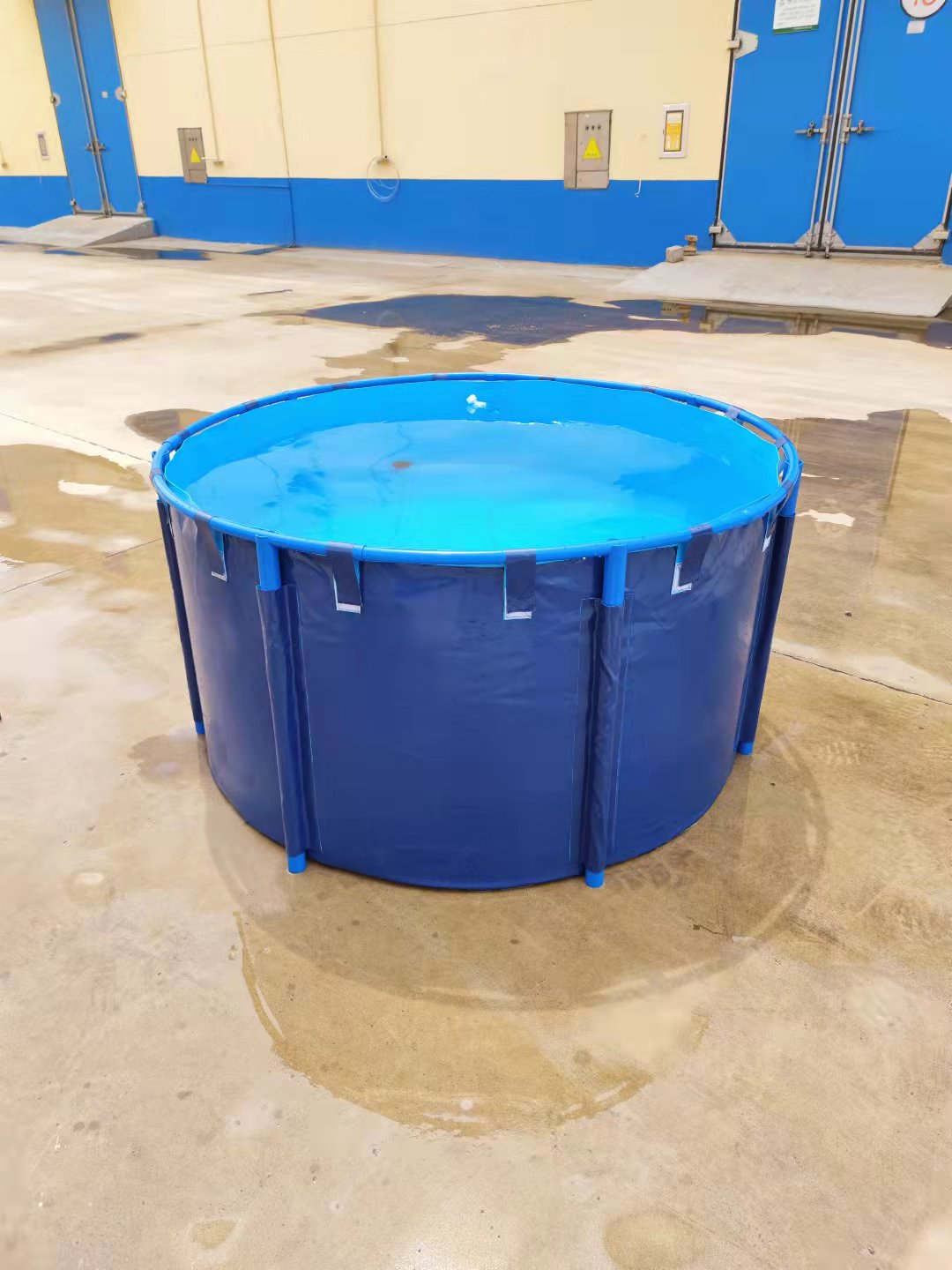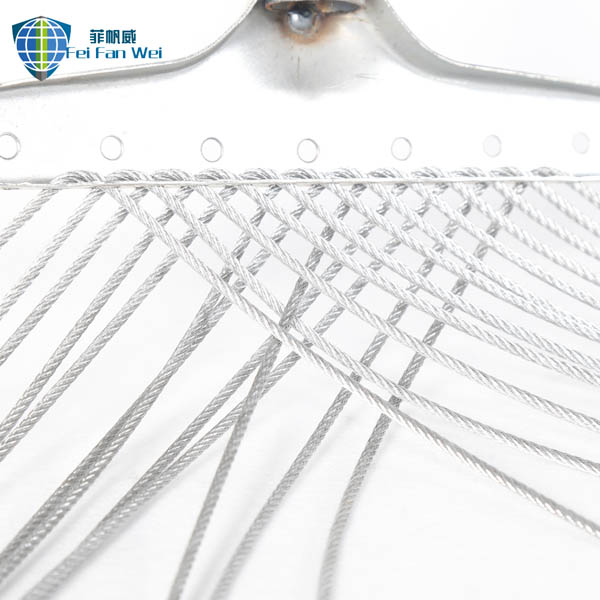The Indispensable Role of Inflatable Rubber Boat/Rescue Rubber boat in Modern Operations
In today's dynamic operational environments, from critical search and rescue missions to robust military deployments and essential disaster relief efforts, the demand for versatile, reliable, and high-performance aquatic transport solutions has never been greater. The Inflatable Rubber Boat/Rescue Rubber boat stands out as a paramount asset, celebrated for its unparalleled portability, rapid deployability, exceptional stability, and adaptability across diverse water conditions. This comprehensive guide delves into the intricate world of these essential vessels, exploring their cutting-edge manufacturing processes, critical technical specifications, myriad application scenarios, and the profound advantages they offer to professionals operating in high-stakes environments. Our aim is to provide B2B decision-makers and technical personnel with a holistic understanding, enabling informed procurement and strategic deployment decisions.
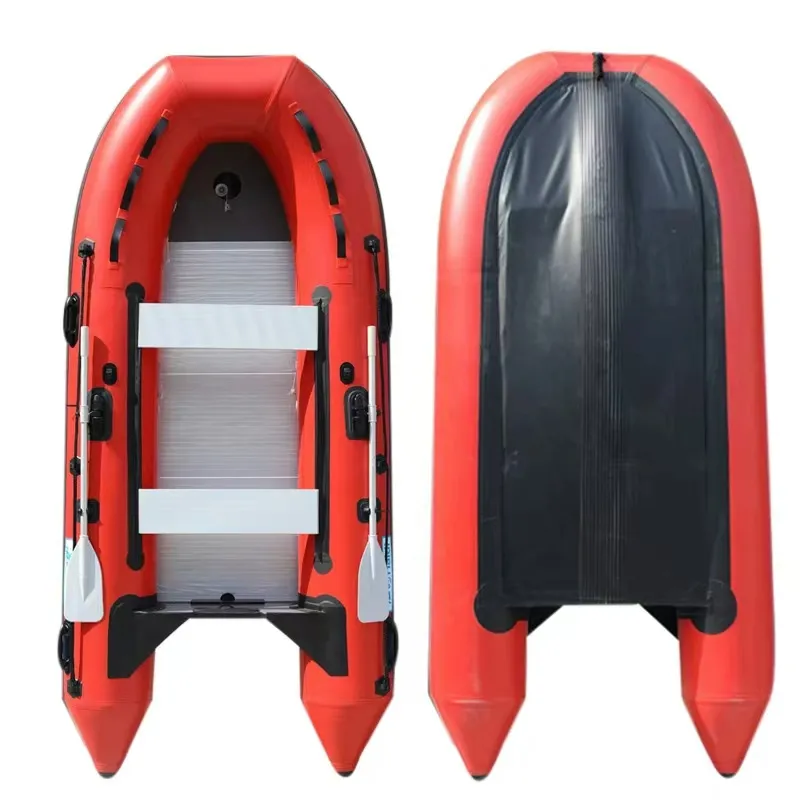
Understanding the Core: Materials and Manufacturing Excellence
The performance and longevity of an Inflatable Rubber Boat/Rescue Rubber boat are fundamentally determined by its construction materials and the precision of its manufacturing processes. Leading manufacturers employ advanced materials designed to withstand extreme conditions, including abrasion, UV radiation, chemical exposure, and temperature fluctuations. The primary materials used are typically PVC (Polyvinyl Chloride) and Hypalon (CSM - Chlorosulfonated Polyethylene, often blended with Neoprene - Chloroprene Rubber). Each offers distinct advantages tailored to specific operational requirements.
Key Materials Explained:
- PVC (Polyvinyl Chloride): A multi-layered fabric composed of a high-strength polyester or nylon core coated with several layers of PVC. Modern PVC fabrics are often treated with UV inhibitors and plasticizers to enhance durability and flexibility. They are known for their excellent airtightness, ease of repair, and cost-effectiveness. The strength of PVC is often measured in Denier (e.g., 1100 Denier or 1500 Denier), indicating the linear mass density of the fibers, directly correlating to tear and tensile strength. PVC boats are typically joined using advanced thermo-welding techniques, creating incredibly strong and consistent seams.
- Hypalon (CSM/CR): Considered the premium material for demanding applications, Hypalon is a synthetic rubber known for its exceptional resistance to abrasion, chemicals, extreme temperatures, and particularly, UV degradation. Unlike PVC, Hypalon boats are constructed by gluing overlapping layers, which creates a highly robust and flexible bond that can absorb significant stress. While more expensive, Hypalon offers superior long-term durability and performance in harsh marine environments, making it a preferred choice for military, commercial, and professional rescue operations.

The Manufacturing Process: Precision and Quality Assurance
The production of a high-quality Inflatable Rubber Boat/Rescue Rubber boat involves a meticulous multi-stage process that prioritizes structural integrity, airtightness, and user safety. Adherence to international standards such as ISO 6185 (Inflatable Boats – Requirements and Tests) is paramount, ensuring that each vessel meets rigorous performance and safety criteria.
- Material Preparation & Cutting: Large rolls of PVC or Hypalon fabric are precisely cut using automated CNC (Computer Numerical Control) cutting machines. This ensures exact dimensions for each chamber and component, minimizing material waste and maximizing accuracy.
-
Seam Joining (Welding/Gluing): This is the most critical stage.
- For PVC Boats: High-frequency welding (also known as thermo-welding or hot air welding) is commonly employed. This process uses heat and pressure to melt and fuse the PVC layers, creating an incredibly strong, permanent, and airtight bond that is often stronger than the material itself. This method eliminates the risk of adhesive failure.
- For Hypalon Boats: Specialized adhesives are used to meticulously glue overlapping fabric sections. This is a labor-intensive process requiring highly skilled technicians to ensure strong, flexible, and durable seams that resist delamination over time. Multiple layers of adhesive and fabric are typically applied.
- Chamber Assembly & Integration: Individual air chambers are assembled, often with internal baffles to create multiple separate air compartments. This multi-chamber design is a crucial safety feature, ensuring that if one chamber is punctured, the boat maintains buoyancy and stability. The transom (for outboard motors) and other structural elements are securely integrated.
- Accessory Attachment: D-rings, grab lines, oar locks, pressure relief valves, rubbing strakes, and specialized fittings for rescue equipment are securely attached using high-strength bonding agents or welding techniques, ensuring they withstand operational stresses.
- Inflation & Leak Testing: Every Inflatable Rubber Boat/Rescue Rubber boat undergoes rigorous inflation testing. Boats are inflated to specified pressures and left for extended periods (e.g., 24-48 hours) to detect any pressure drops, indicating leaks. Advanced leak detection sprays or submergence tests are used to pinpoint even the smallest imperfections. This stage adheres strictly to ISO testing protocols, ensuring maximum airtightness and structural integrity.
- Final Inspection & Quality Control: Before packaging, each boat undergoes a comprehensive visual and functional inspection, checking for cosmetic flaws, proper accessory installation, and overall build quality. Certification labels, such as CE marking for European markets or USCG (U.S. Coast Guard) compliance for specific models, are applied, signifying adherence to regional safety and quality mandates.
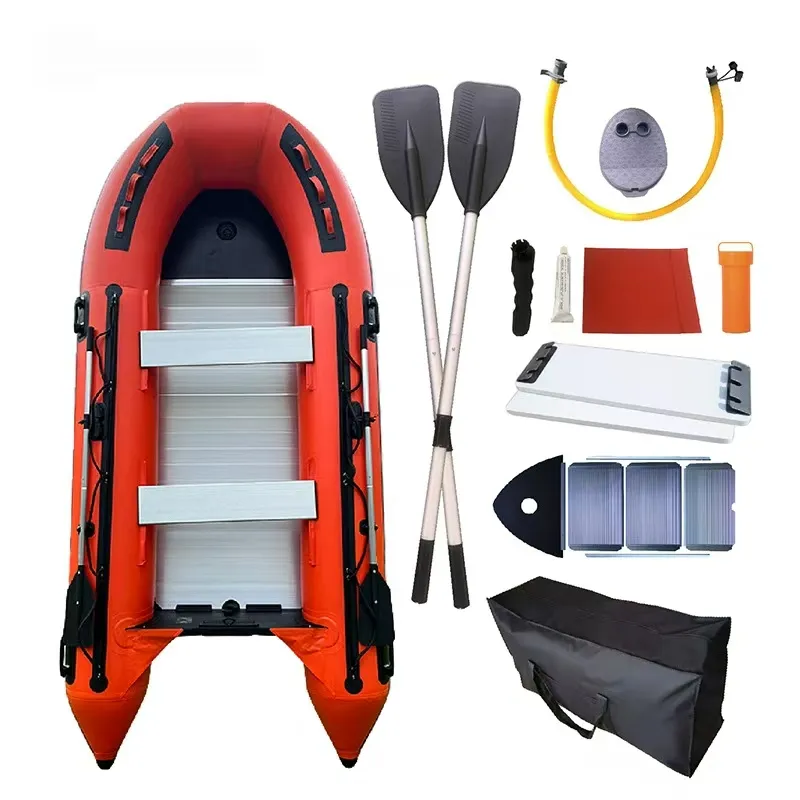
Technical Parameters and Performance Metrics
Selecting the appropriate Inflatable Rubber Boat/Rescue Rubber boat requires a detailed understanding of its technical specifications. These parameters directly influence the boat's suitability for specific missions, its operational efficiency, and overall safety. Key metrics include dimensions, material type, load capacity, engine compatibility, and chamber configuration.
Typical Specifications for Professional Grade Inflatable Boats
| Parameter | Typical Range (Standard Models) | Significance for Operations |
|---|---|---|
| Overall Length (LOA) | 3.0m - 5.5m (10ft - 18ft) | Influences capacity, speed, and maneuverability. Longer boats offer more stability and payload. |
| Overall Width (Beam) | 1.5m - 2.2m (5ft - 7.2ft) | Contributes to stability. Wider boats are generally more stable but may be slower. |
| Tube Diameter | 40cm - 55cm (16in - 22in) | Larger tubes provide more buoyancy, stability, and higher freeboard, improving safety in rough waters. |
| Max Payload Capacity | 400kg - 1200kg (880 lbs - 2640 lbs) | Crucial for rescue operations involving multiple persons or heavy equipment. Directly impacts operational efficiency. |
| Max Persons | 4 - 12 | Indicates the certified passenger capacity, vital for compliance and safety. |
| Recommended Engine HP | 15 HP - 40 HP (Outboard) | Ensures optimal performance, speed, and maneuverability. Matching engine to boat is critical. |
| Number of Air Chambers | 3 + 1 (Keel) or 5 + 1 | A multi-chamber design significantly enhances safety by maintaining buoyancy if one chamber is compromised. |
| Floor Type | Air Deck, Aluminum, Plywood, Slatted | Influences rigidity, weight, and setup time. Air decks are lightest; aluminum offers maximum rigidity. |
| Material Thickness | 0.9mm - 1.2mm (1100-1500 Denier for PVC, 1670-2000 Denier for Hypalon) | Directly relates to puncture and abrasion resistance. Thicker material equals greater durability. |
| Packaged Dimensions (approx.) | 120x70x40cm to 160x90x50cm | Crucial for storage and transport logistics, especially for rapid deployment units. |
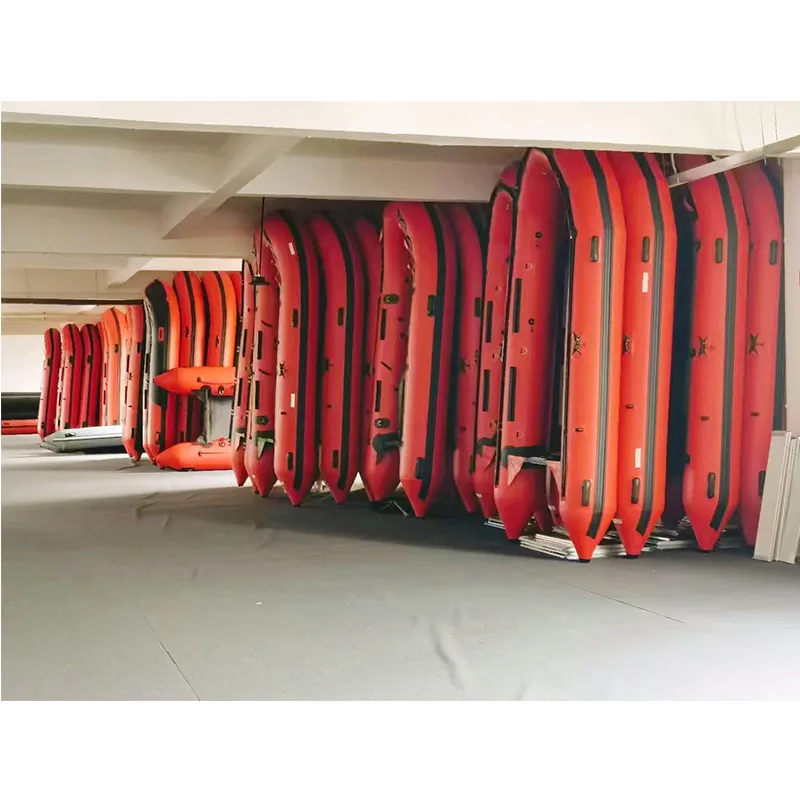
Diverse Application Scenarios and Operational Advantages
The versatility of the Inflatable Rubber Boat/Rescue Rubber boat makes it indispensable across a multitude of industries and critical operations. Its design attributes offer distinct advantages over traditional rigid hull vessels, particularly where rapid response, shallow water access, and portability are paramount.
Primary Application Sectors:
- Search & Rescue (SAR): In flood-stricken areas, coastal emergencies, or remote aquatic environments, the ability of an Inflatable Rubber Boat/Rescue Rubber boat to navigate debris-laden waters, access shallow areas, and be rapidly deployed from land or air makes it the primary choice for rescuing stranded individuals and delivering aid. Its soft hull minimizes injury risk to victims and crew during extraction.
- Disaster Relief & Humanitarian Aid: Following natural disasters (e.g., hurricanes, tsunamis, earthquakes leading to floods), these boats are crucial for transporting medical supplies, food, and personnel to isolated communities. Their inflatable nature allows for compact storage and air-drop capabilities, reaching areas inaccessible by road.
- Military & Law Enforcement: Tactical units utilize these boats for reconnaissance, rapid insertion/extraction operations, border patrol, and anti-smuggling efforts. Their low radar signature, stealth capabilities when deflated, and ability to handle rough seas make them ideal for covert and high-risk missions. The robustness of a military-grade Inflatable Rubber Boat/Rescue Rubber boat ensures durability under extreme conditions.
- Commercial Diving & Work Boats: For dive support, marine surveying, or short-distance transport of equipment and personnel, inflatable boats provide a stable platform. Their lower freeboard allows for easier entry and exit from the water for divers.
- Environmental Monitoring & Scientific Research: Researchers employ these boats for accessing sensitive aquatic ecosystems, collecting samples, and deploying sensors with minimal environmental disturbance due to their light footprint and ability to navigate through delicate habitats.
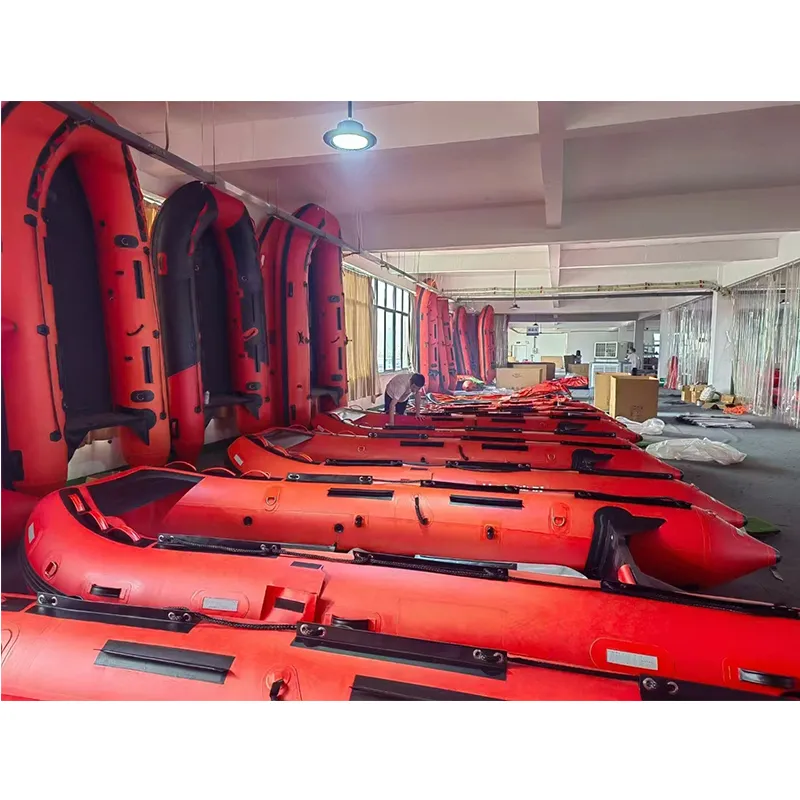
Key Technical Advantages:
- Unmatched Portability & Storage: Unlike rigid boats, an Inflatable Rubber Boat/Rescue Rubber boat can be deflated and compactly stored, making it ideal for transport in vehicles, aircraft, or small vessels. This reduces logistical complexity and costs significantly.
- Rapid Deployment: Modern designs allow for quick inflation and assembly, enabling emergency responders to deploy assets within minutes, a critical factor in time-sensitive rescue operations.
- Exceptional Stability & Buoyancy: The large-diameter inflatable tubes distribute weight evenly, offering superior stability, especially important when transferring personnel or equipment, or operating in choppy waters. The multiple air chambers provide redundant buoyancy, enhancing safety.
- Shallow Water Accessibility: With a minimal draft, these boats can navigate extremely shallow waters, over submerged obstacles, and through debris, allowing access to areas where conventional boats would run aground.
- Durability & Impact Resistance: The flexible nature of the fabric tubes allows the boat to absorb impacts rather than crack or dent, making them highly resilient to collisions with rocks, logs, or other debris often encountered in challenging environments. The reinforced materials resist punctures and abrasions.
- Reduced Maintenance & Longevity: High-quality materials and construction methods (like thermo-welded seams) ensure a long service life, typically 10-20 years with proper care and maintenance. Routine checks and simple patch repairs are generally sufficient.
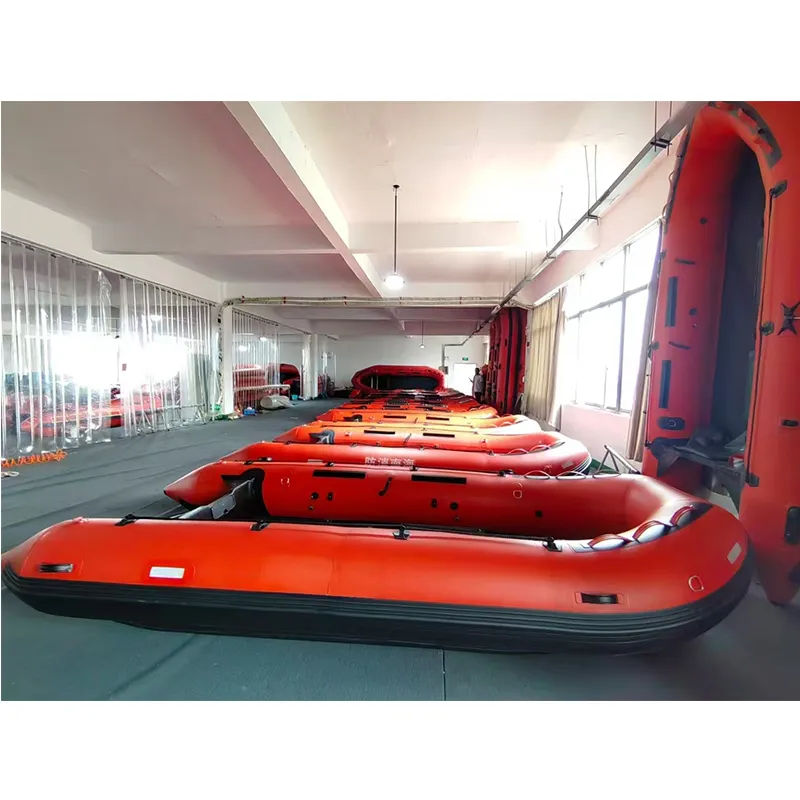
Manufacturer Comparison and Customization Solutions
The market for Inflatable Rubber Boat/Rescue Rubber boat is diverse, with numerous manufacturers offering varying levels of quality, specialization, and customization. When making a procurement decision, it's crucial to evaluate not just the product but also the manufacturer's expertise, adherence to standards, and ability to provide tailored solutions.
Key Factors in Manufacturer Evaluation:
- Certifications & Compliance: Verify adherence to international standards like ISO 9001 (Quality Management), ISO 6185 (specific to inflatable boats), and regional certifications such as CE (Conformité Européenne) marking for Europe or USCG approval for the United States. These indicate a commitment to quality and safety.
- Material Quality & Seam Technology: Inquire about the Denier count of PVC, the specific grade of Hypalon, and the type of seam construction (thermo-welded vs. hand-glued). Superior materials and robust seam technology are indicators of long-term reliability.
- Experience & Reputation: A manufacturer with decades of experience in the professional or military segment typically demonstrates a deeper understanding of operational demands and a proven track record. Customer testimonials and case studies can provide valuable insights.
- Warranty & After-Sales Support: A robust warranty (e.g., 5-10 years on fabric and seams) and comprehensive after-sales support, including spare parts availability and technical assistance, are crucial for long-term operational readiness.
Customization Capabilities: Tailoring the Solution
Many professional-grade Inflatable Rubber Boat/Rescue Rubber boat manufacturers offer extensive customization options to meet unique operational requirements. This is particularly valuable for military, SAR, or specialized industrial applications.
- Material Upgrades: Opting for thicker Hypalon for extreme abrasion resistance or specialized coatings for chemical protection.
- Reinforcement Options: Additional layers of protective material on the keel, tube bottoms, or transom for heavy-duty use or frequent beaching.
- Custom Layouts & Seating: Configurable interior layouts, specialized seating (e.g., jockey seats for high-speed operations), or modular attachments for dive tanks, stretchers, or equipment racks.
- Specialized Fittings: Integration of specific D-rings, grab handles, davit lifting points, tow eyes, or mounting brackets for specialized equipment like sonar, comms gear, or lighting systems.
- Color & Markings: Custom colors for camouflage or high visibility, reflective tapes, and agency-specific logos or identifiers.
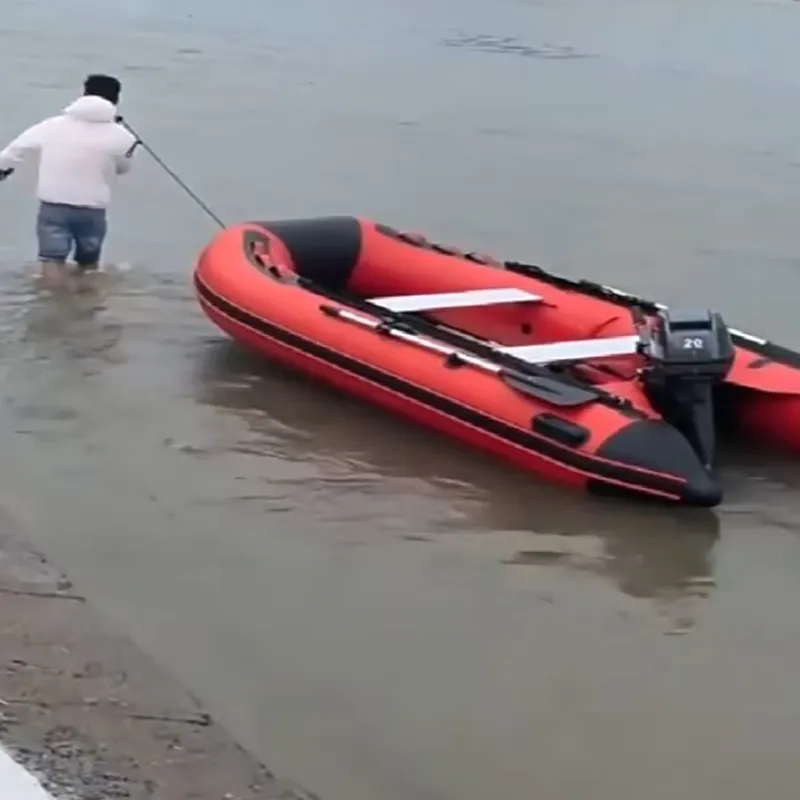
Real-World Application Cases and Performance Insights
The effectiveness of an Inflatable Rubber Boat/Rescue Rubber boat is best demonstrated through its deployment in challenging real-world scenarios. These examples underscore their critical role and the trust placed in their capabilities by various organizations globally.
Case Study 1: Flood Rescue in Urban Environments
During the devastating urban floods in Southeast Asia in 2022, local emergency services deployed over 50 units of medium-sized Inflatable Rubber Boat/Rescue Rubber boat units. Their ability to navigate submerged streets, avoid hidden debris, and operate with minimal draft allowed rescue teams to reach thousands of stranded residents. The boats' soft exteriors prevented damage to property and minimized injury risk to those being rescued. The rapid deployment from command centers, often via trucks, significantly shortened response times, proving invaluable in a rapidly deteriorating situation. Feedback from rescue teams highlighted the boats' stability for patient transfer and durability against sharp objects in the murky floodwaters.
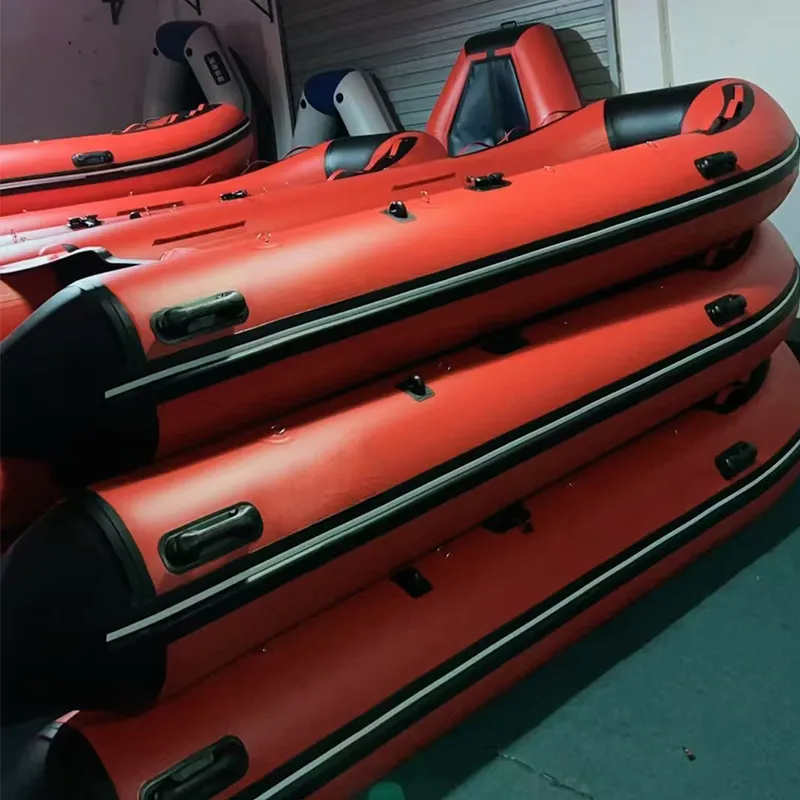
Case Study 2: Coastal Border Patrol Operations
A national coast guard agency in Europe relies on specialized heavy-duty Inflatable Rubber Boat/Rescue Rubber boat models for routine coastal patrols and interdiction missions. Equipped with high-power outboard motors and reinforced Hypalon tubes, these boats demonstrate exceptional speed and sea-keeping abilities even in rough coastal waters. Their robust construction allows for repeated boarding operations, while the inflatable collar provides a stable working platform for personnel. The compact storage capability also means they can be deployed from larger patrol vessels, extending their operational reach without compromising on power or resilience.
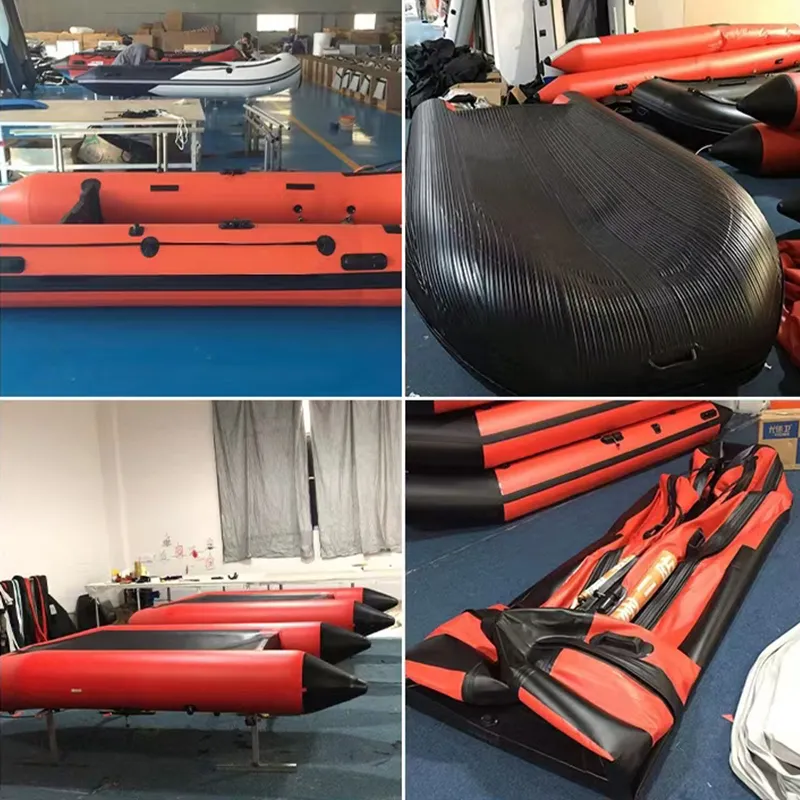
Case Study 3: Military Special Operations Insertion
For covert beach landing and personnel insertion, special forces units globally frequently utilize advanced, military-spec Inflatable Rubber Boat/Rescue Rubber boat variants. These boats are designed for minimal acoustic and visual signatures, often featuring non-reflective materials and specialized propulsion systems. Their ability to be deflated, rolled up, and transported clandestinely via submarines or aircraft, then rapidly inflated and deployed at sea, is critical for achieving strategic objectives without detection. The inherent stability also facilitates equipment and weapons handling in dynamic marine environments.

Trust and Assurance: FAQs, Delivery, and Warranty
Building trust with B2B clients involves transparent communication regarding product capabilities, logistics, and long-term support. Here, we address common inquiries and outline our commitment to customer satisfaction for every Inflatable Rubber Boat/Rescue Rubber boat.
Frequently Asked Questions (FAQs):
A1: With proper care, maintenance, and storage, a high-quality Inflatable Rubber Boat/Rescue Rubber boat made from Hypalon can last 15-25 years. PVC boats, while more affordable, typically have a lifespan of 10-15 years, largely dependent on UV exposure and usage intensity. Regular cleaning, proper inflation, and indoor storage significantly extend service life.
Q2: How does a multi-chamber design enhance safety?A2: The multi-chamber design is a critical safety feature. If one air chamber is punctured or deflates, the remaining independent chambers will keep the boat afloat and maintain most of its stability, allowing for safe return or continuation of the mission. This redundancy is essential in professional and rescue applications.
Q3: What maintenance is required for these boats?A3: Maintenance is relatively low. Key aspects include regular cleaning with mild soap and water, checking air pressure before each use, inspecting seams and fabric for signs of wear or damage, and prompt repair of any minor punctures using a manufacturer-approved repair kit. Store the boat clean, dry, and away from direct sunlight.
Q4: Can these boats operate with different types of engines?A4: Yes, Inflatable Rubber Boat/Rescue Rubber boat units are designed to operate with standard outboard engines (petrol or electric). The transom is reinforced to accommodate the specified horsepower range. It is crucial to adhere to the manufacturer's recommended maximum engine size and weight for optimal performance and safety.
Q5: Are custom colors or branding options available for large orders?A5: Absolutely. For bulk orders or institutional clients, we offer extensive customization options including specific color schemes (e.g., high-visibility orange for rescue, subdued black/grey for tactical), agency logos, reflective striping, and unique serial numbering. Please contact our sales team to discuss your specific requirements.
Delivery Cycle and Logistics:
Our streamlined supply chain and robust logistics network ensure timely delivery of your Inflatable Rubber Boat/Rescue Rubber boat orders, whether for a single unit or a large fleet.
- Standard Orders: Typically dispatched within 1-2 weeks for in-stock models.
- Custom Orders: Manufacturing and delivery times for customized boats vary based on complexity and quantity, usually ranging from 4-8 weeks. A detailed timeline will be provided upon order confirmation.
- Global Shipping: We partner with leading international freight forwarders to ensure secure and efficient delivery worldwide, offering various shipping options to meet your urgency and budget requirements. All shipments are meticulously packed to prevent transit damage.
Comprehensive Quality Assurance and Warranty Commitment:
We stand by the superior quality and craftsmanship of every Inflatable Rubber Boat/Rescue Rubber boat we produce. Our commitment is reflected in our robust warranty policy and dedicated customer support.
- Warranty Period: All professional-grade inflatable boats come with a standard warranty, typically 5 years on the fabric and seams for PVC models, and 10 years for Hypalon models, against manufacturing defects. Hardware and accessories are covered for 1-2 years.
- After-Sales Support: Our expert technical support team is available to assist with any operational, maintenance, or repair inquiries. We provide detailed manuals, troubleshooting guides, and access to genuine spare parts to ensure the continued peak performance of your investment.
- ISO Certified Manufacturing: Our production facilities adhere strictly to ISO 9001 quality management systems, ensuring consistent product quality from raw material sourcing to final inspection.

Industry Trends and Future Outlook
The market for Inflatable Rubber Boat/Rescue Rubber boat continues to evolve, driven by technological advancements, changing environmental conditions, and the increasing demand for effective emergency and defense solutions.
- Sustainability: Growing focus on eco-friendly materials and manufacturing processes. Research into recyclable polymers and less hazardous adhesives is gaining traction.
- Integration of Smart Technologies: Future models may incorporate GPS tracking, integrated communication systems, and remote monitoring capabilities for enhanced operational awareness and safety.
- Enhanced Durability & Lighter Weight: Continuous innovation in fabric technology aims to create materials that offer even greater puncture resistance and abrasion resilience while simultaneously reducing overall boat weight for easier transport and higher performance.
- Modular & Adaptable Designs: The trend towards highly modular designs will allow users to rapidly reconfigure boats for different missions, adding or removing specialized components with ease.

Conclusion: A Vital Asset for Critical Missions
The Inflatable Rubber Boat/Rescue Rubber boat is more than just a vessel; it is a critical piece of equipment that empowers emergency services, military personnel, and various industries to operate effectively and safely in challenging aquatic environments. From its meticulously engineered construction using advanced materials to its unparalleled versatility and robust performance in the field, these boats represent a fusion of cutting-edge technology and practical utility. For B2B stakeholders, investing in a high-quality Inflatable Rubber Boat/Rescue Rubber boat from a reputable manufacturer ensures not only operational efficiency but also the utmost safety and reliability for personnel and missions.

References
- International Organization for Standardization. ISO 6185: Inflatable boats – Requirements and tests. (Various parts and editions).
- U.S. Coast Guard (USCG) Office of Boating Safety, Recreational Boating Safety Program.
- European Union. Recreational Craft Directive 2013/53/EU (CE Marking).
- "Advanced Polymer Materials for Marine Applications: Durability and Performance," Journal of Marine Technology and Engineering, Vol. 15, No. 2, pp. 87-102.
- "Logistical Challenges and Rapid Response Capabilities in Disaster Relief Operations," Humanitarian Logistics Quarterly, Vol. 7, No. 4, pp. 210-225.









